Summary
- Various media & entertainment have increased Monk class popularity.
- 10 Monk subclasses offer different playstyles and abilities for D&D players.
- Each Monk subclass offers unique skills and abilities for diverse gameplay.
The Monk is a Dungeons & Dragons class that has been around for a long time, since even the earliest days of the now-famous tabletop role-playing game. They were introduced as a playable class in the Blackmoor adventure in 1975, which might come as a surprise because the class has only become popular more recently.
The popularity of the Monk can be explained by the various media and entertainment productions, from films to video games, depicting heroes wielding martial arts. There are currently ten subclasses that players can choose from when they’re building a Monk, although players who are interested in finding additional options can check in Unearthed Arcana or Matt Mercer’s Critical Role.
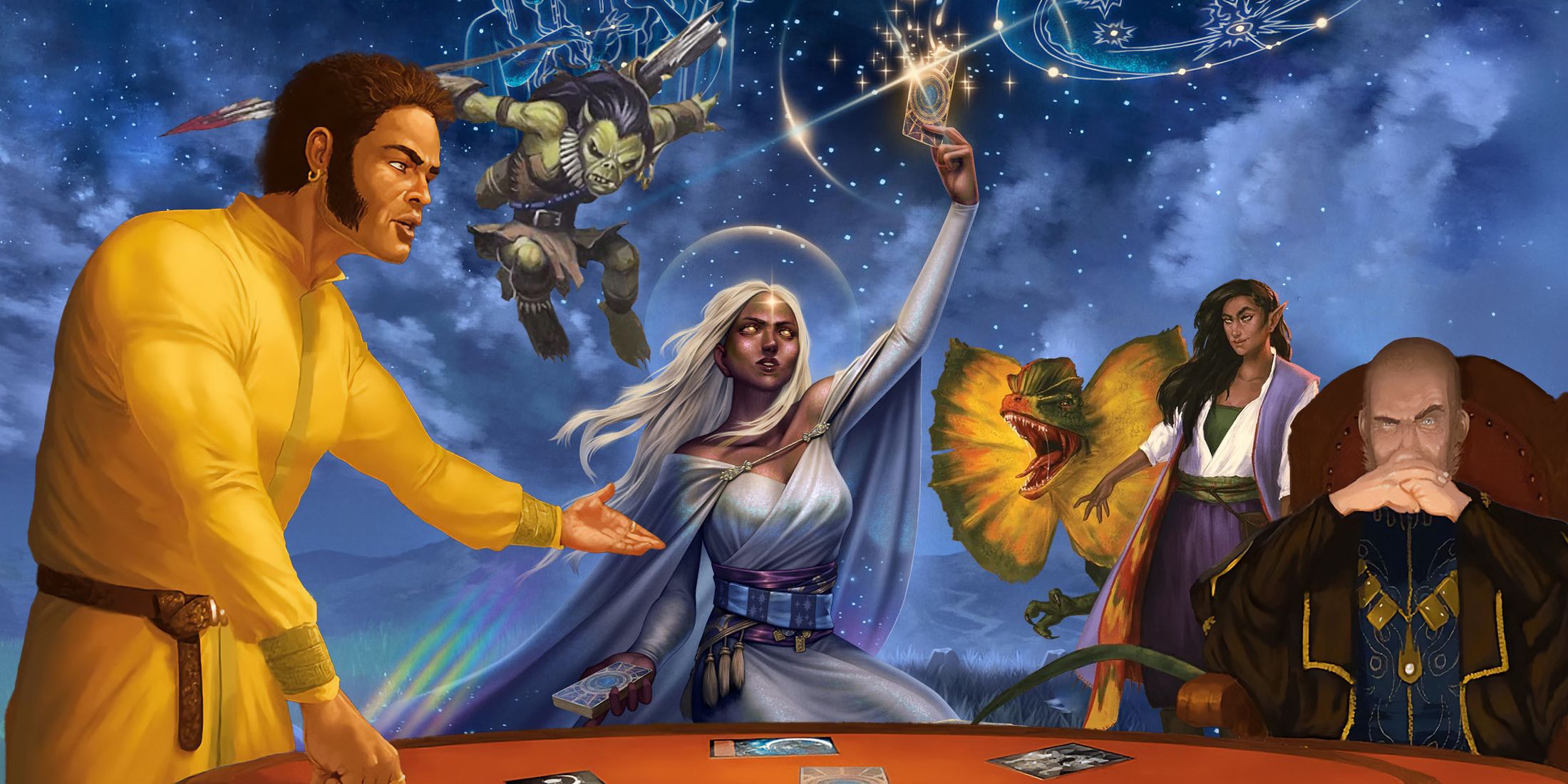
Related
While long, detailed Dungeons & Dragons campaigns are a blast, sometimes it’s nice to wrap up a plot in session, and these one-offs provide just that.
10
Way of the Four Elements
A Good Caster Choice, But Fewer Customizable Options
- Source: Player’s Handbook
For those who are used to spellcasters, this might be the best way to transition to the Monk class. Monks who follow the Way of the Four Elements don’t always have to be in melee range to deal damage, and they can use their elemental powers to buff and protect their companions.
When a Monk chooses this subclass, they also choose an elemental discipline, and they can cast spells with their Ki points using this form of elemental damage. As the Monk progresses,, they can choose three more disciplines at 6th, 11th, and 17th levels.
9
Way of the Kensei
Better Combat Options & Martial Weapon Proficiencies
- Source: Xanathar’s Guide to Everything
Spears, swords, and mastery with these and other martial weapons make this subclass unique for a class that either uses limited, simple arms or carries no weapons at all. That detail makes the learning curve for this class a bit steeper than it is for players who might not be used to playing a melee class with little or no AC.
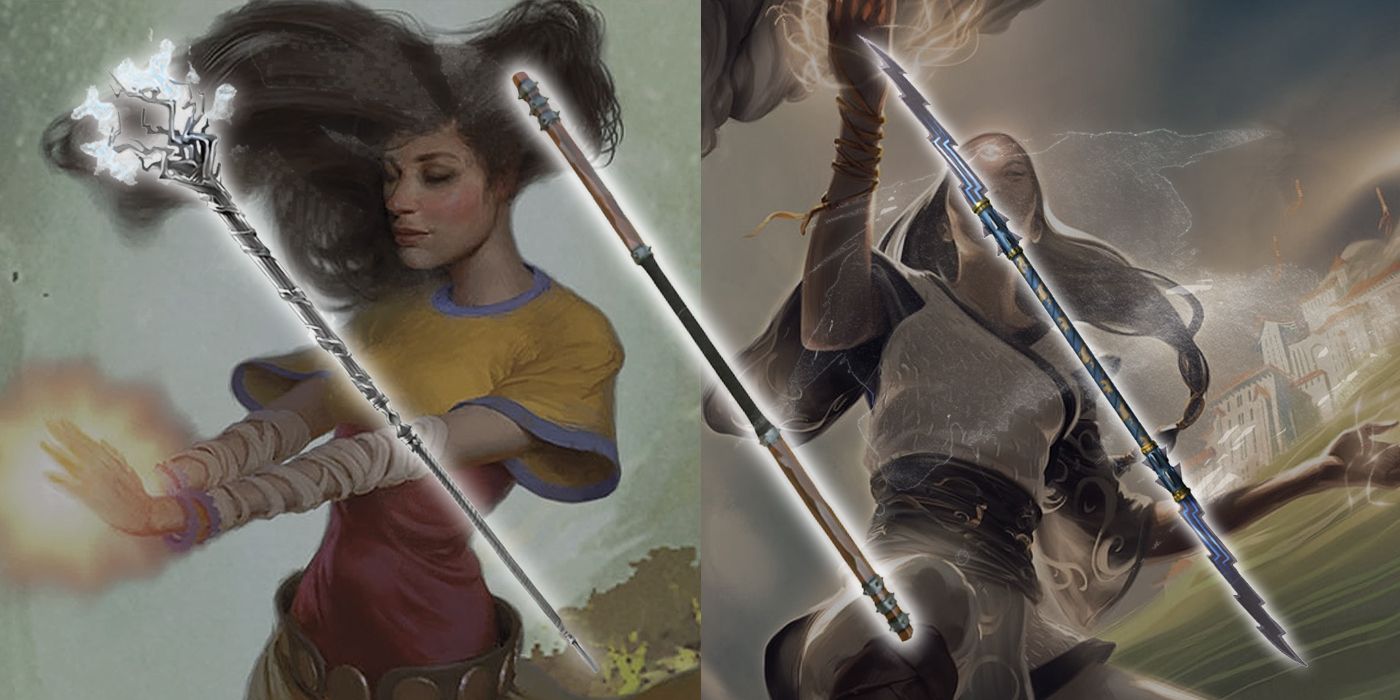
Related
Dungeons & Dragons: The Best Weapons For Monks & Where They’re Often Found
Monks can really shift the tide in battle for any D&D party. Pairing them with these weapons makes them even more formidable in battle.
Abilities like Kensei Weapons and Agile Parry can help this Monk dodge and weave between their enemy’s blows. Kensei Weapons gives this Monk the option of choosing two weapons, one melee and one ranged, in which to specialize. Agile Parry gives the Monk a +2 to AC when they make an unarmed strike.
8
Way of the Sun Soul
Use Ki to Cast Destructive & Supportive Spells
- Source: Sword Coast Adventurer’s Guide
For those who have played a Cleric that follows the Light Domain, the Way of the Sun Soul is going to look familiar, but with more of the AoE damage and spell power without the same healing and buffing abilities. These aren’t spells that the Monk is casting. Rather, they are using their Ki power to generate powerful offensive abilities that cause radiant damage.
These are some impressive spells that some might consider overpowered for a class that isn’t typically known for its casting power. Radiant Sun Bolt, which the Monk learns immediately upon choosing this subclass, is a spell that uses Dexterity as its casting modifier and can also be combined with Ki to give the character an extra attack.
7
Way of The Ascendant Dragon
Great for Spellcasting, Both For Individual Targets & AoE
- Source: Fizban’s Treasury of Dragons
It sure does sound badass, but the Way of the Ascesdant Dragon is firmly in the middle of the road when it comes to ranking Monk subclasses. It’s really about the dramatic backstory that recounts the story of the dragon god Bahamut, who wandered the countryside and explored the cities of Faerun in the guise of a Monk.
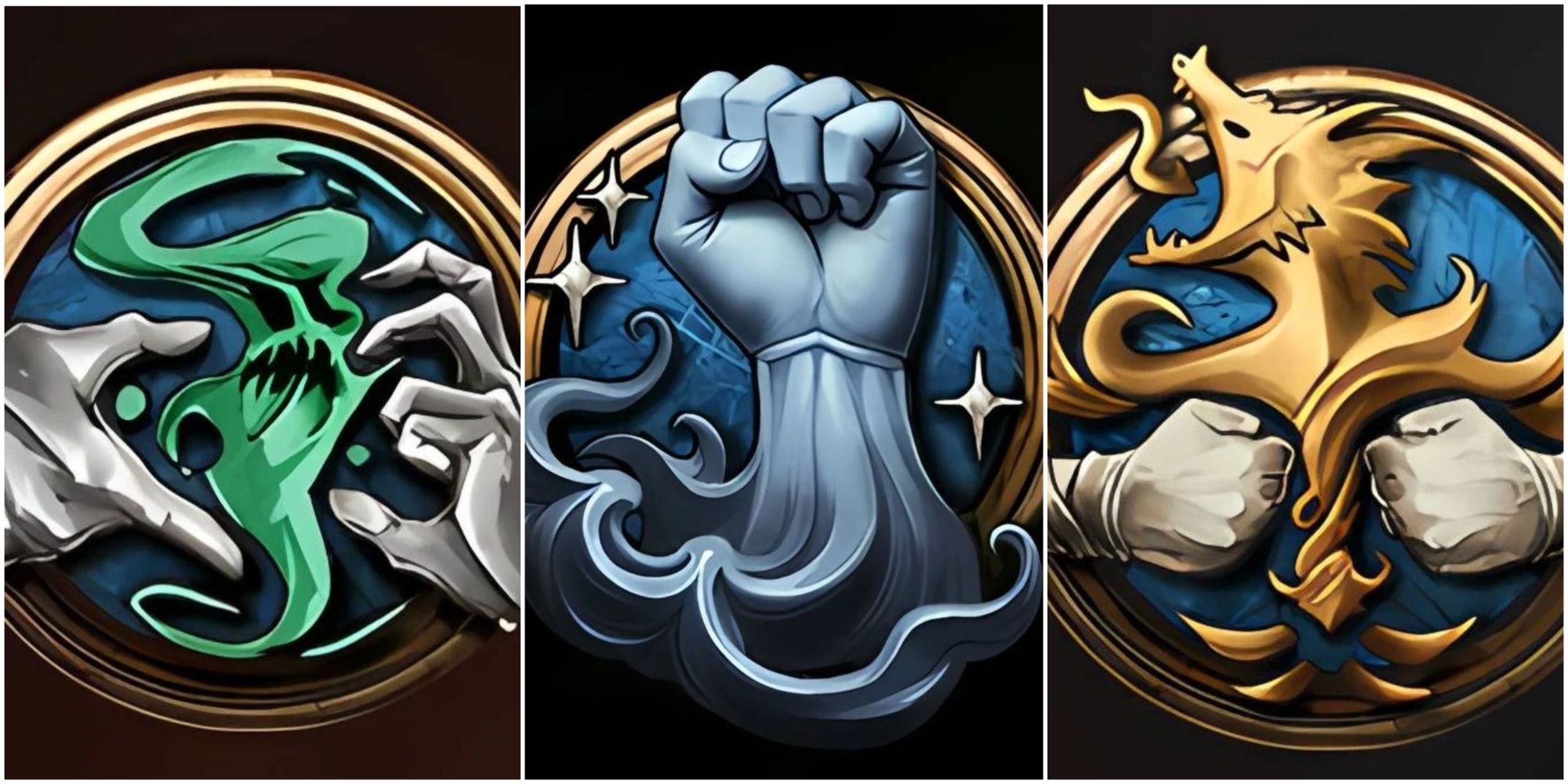
Related
Baldur’s Gate 3: 8 Best Mods For The Monk Class
Players who want to spice up the Monk class for their next Baldur’s Gate 3 playthrough may want to consider the following mods.
This is the source of the subclass, which was developed and taught by Bahamut during his travels. The unique skills of this Way include learning to speak and read Draconic, and gaining the ability to reroll Charisma and Intimidation checks. Monks in this subclass also acquire a breath weapon that’s very useful in melee range.
6
Way of the Astral Self
There Is No “Self,” There Is Only The Ki
- Source: Tasha’s Cauldron of Everything
For players who are fascinated with the unique Monk power of Ki, and would prefer a subclass that relies almost exclusively on it, the Way of the Astral Self is the ideal choice. These Monks can use their Ki power to cast spells like Arms of the Astral Self, which is similar to the Mage Hand cantrip, and their Wisdom score is used in place of Strength checks.
This skill eventually extends past the arms to include the whole body with the Visage of the Astral Self skill. In addition to extending their body using Ki, this Monk can also extend the range of their voice thanks to Word of the Spirit, and Astral Sight gives them clear vision up to 30 feet.
5
Way of Shadow
A Monk That Uses Darkness To Their Advantage
- Source: Player’s Handbook
This subclass makes a Monk competition for a Rogue or Ranger when it comes to stealth abilities. They are also known as shadow dancers or ninjas, depending on the adventure, and are often part of a clandestine organization or family that’s sworn to secrecy.

Related
Baldur’s Gate 3: Each Companion And Their D&D Moral Alignments
Baldur’s Gate 3 holds some exciting companions, each with their own unique desires and sense of morality for Dungeons & Dragons.
These Monks have abilities that are focused on being able to move without being seen. Shadow Arts allows them to use their Ki to cast spells like Darkness, Silence, and Pass Without A Trace. Meanwhile, Cloak of Shadows allows them to disappear completely even in dim light.
4
Way of the Long Death
A Deep Understanding Of Death & Dying
- Source: Sword Coast Adventurer’s Guide
Like a Cleric of the Death Domain or a Circle of Spores Druid, the Monk that follows the Way of the Long Death has a deep connection with the line between the world of the dead and the land of the living. Touch of Death, an ability these Monks gain at level 3, not only drains the life force from the target, but returns it to the Monk in the form of hit points.
This Monk takes on an intimidating presence that’s reminiscent of when a dark entity like a ghost or lich is nearby. Hour of Reaping is one example of these eerie abilities, which makes every creature within 30 feet of the Monk pass a Wisdom saving throw or be Frightened until the end of the turn.
3
Way of Mercy
A Combination Class That Can Also Be The Party Healer
- Source: Tasha’s Cauldron of Everything
The power of Ki can take life, but it can also restore it. These Monks not only have a variety of unique healing powers, but also gain practical skills like Medicine and Insight along with proficiency with an herbalism kit. Implements of Mercy is a skill that includes a mask that is randomly chosen using a 1d6.

Related
Dungeons & Dragons: Overpowered Warlock Builds
The Warlock is a powerful class in Dungeons and Dragons, especiall with one of these builds.
It’s not just about the healing, with skills like Hands of Healing. This class also has the ability to take an offensive role with Hands of Harm, which deals Necrotic damage to the target equal to the Monk’s Dexterity modifier.
2
Way of the Open Hand
The Ultimate Pure Martial Arts Subclass
- Source: Player’s Handbook
For those who enjoy martial arts in action movies and fighting video games, the Way of the Open Hand is the subclass that takes advantage of the pure martial arts that define the genre. They can use weapons as effectively as unarmed attacks, making this a well-rounded DPS subclass.
The Open Hand Technique, which gives this subclass its name, adds an extra power to the Flurry of Blows ability that all Monks have. When a Monk uses this ability to attack a target, they can be knocked Prone if they fail a Dexterity throw, be pushed back if they fail a Strength throw, or not be able to take any reactions until their next turn.
1
Way of the Drunken Master
Use An Enemy’s Power Against Them
- Source: Xanathar’s Guide to Everything
The only other subclass that can compete with the Way of the Open Hand when it comes to raw, unarmed power, the Drunken Master takes this a step further and can defeat an enemy without even touching them. What seems like erratic stumbling or a clumsy stance is actually a calculated move, making this subclass part jester and part fighter.
At third level, the Drunken Technique is integrated with the Flurry of Blows ability and is designed to put the target off balance and make it easier for the Monk to use Disengage. Tipsy Sway improves the character’s Dodge ability, and Drunkard’s Luck is similar to the Lucky Feat, but the Monk needs to use two Ki points to activate it.

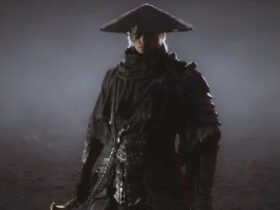
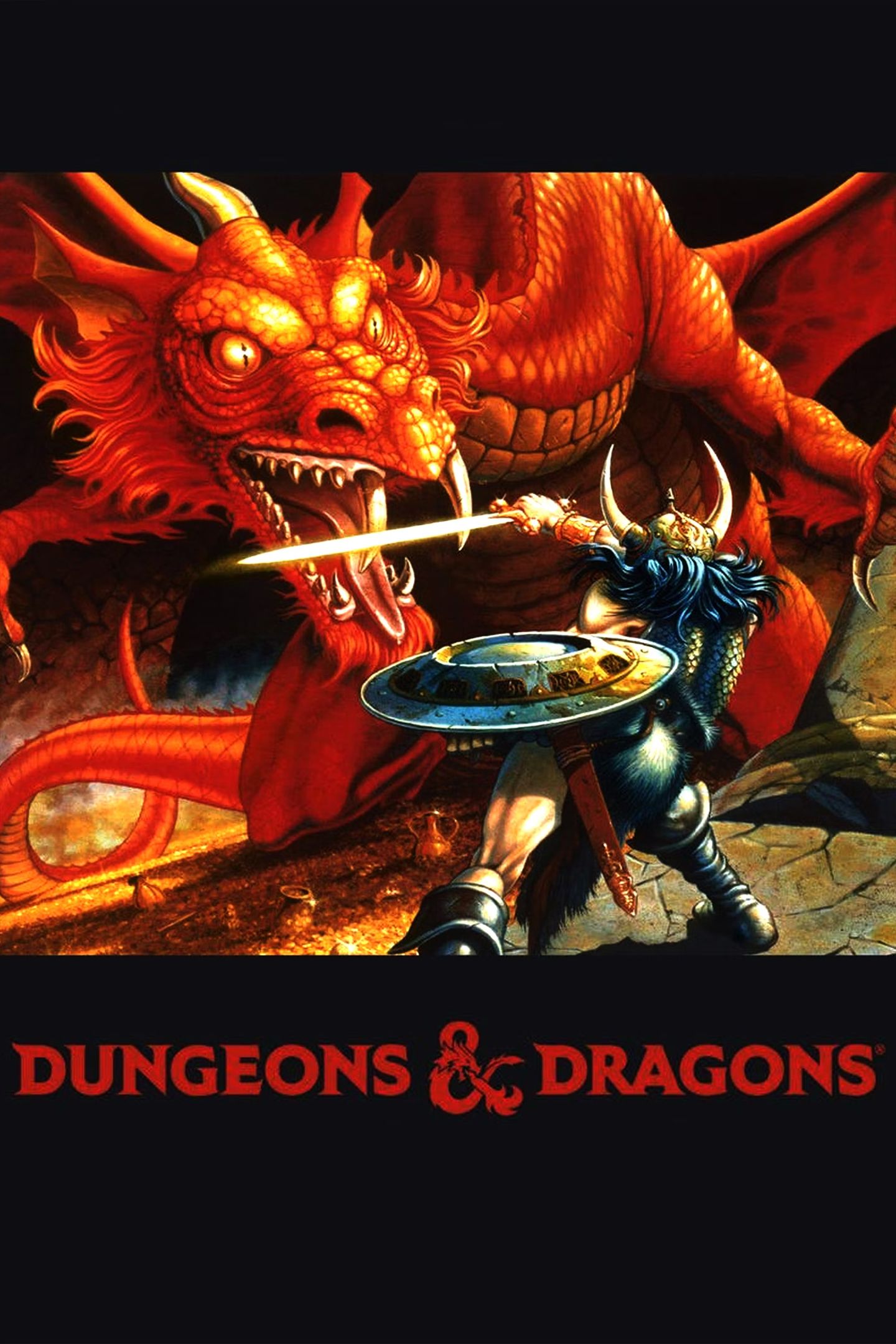



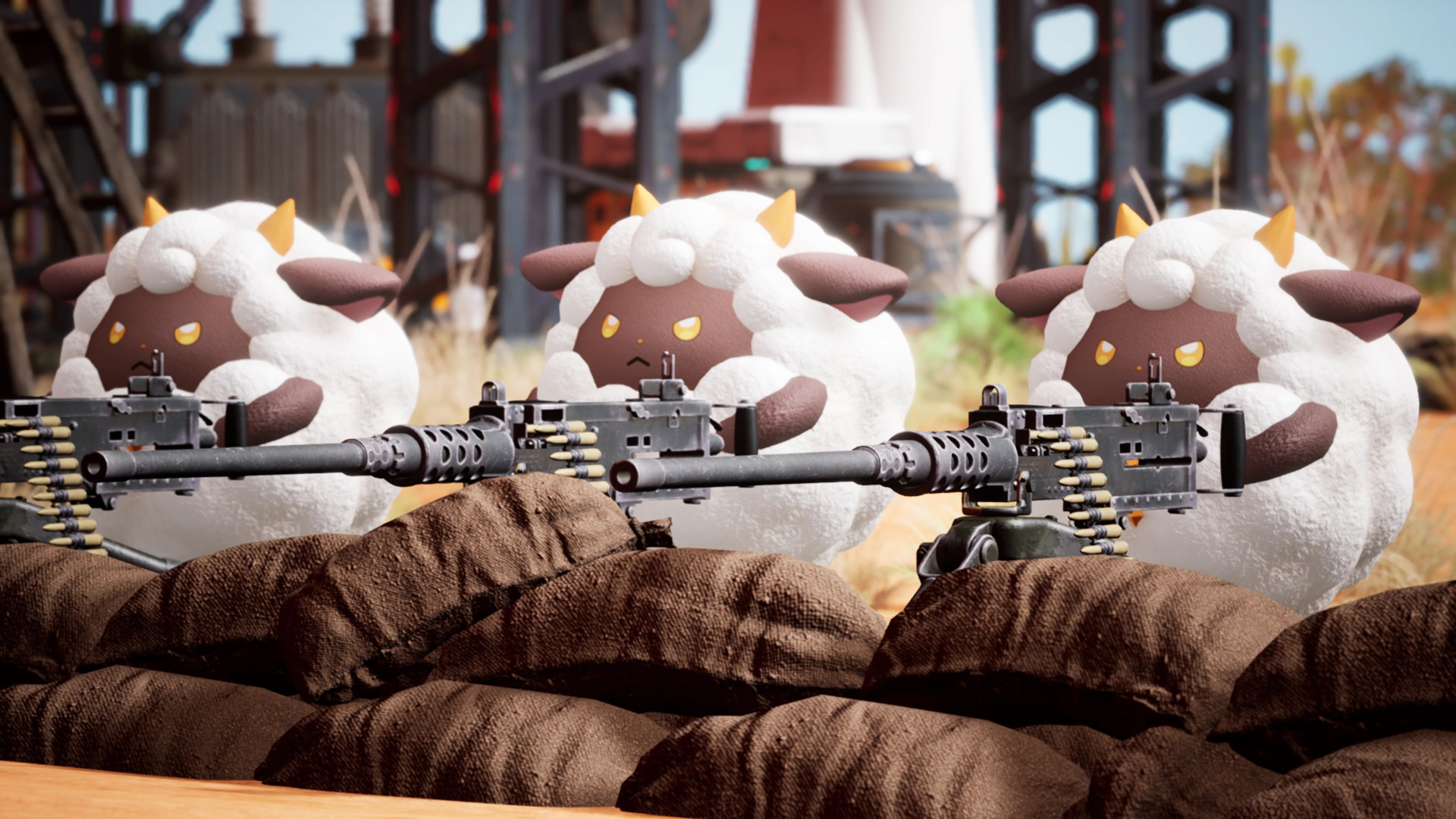
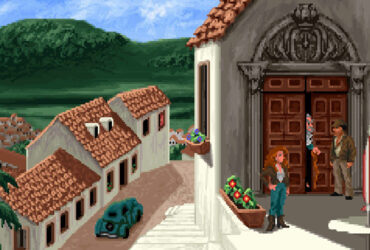




Leave a Reply